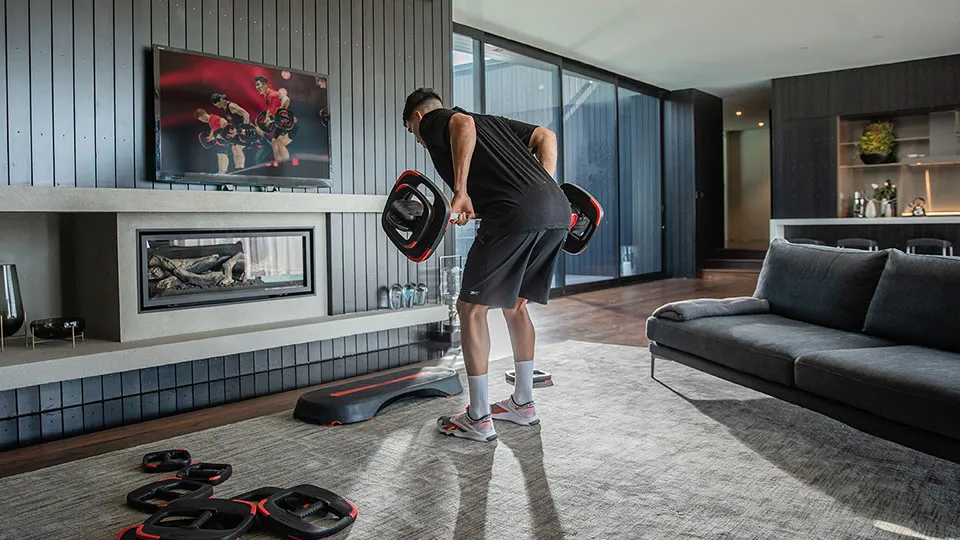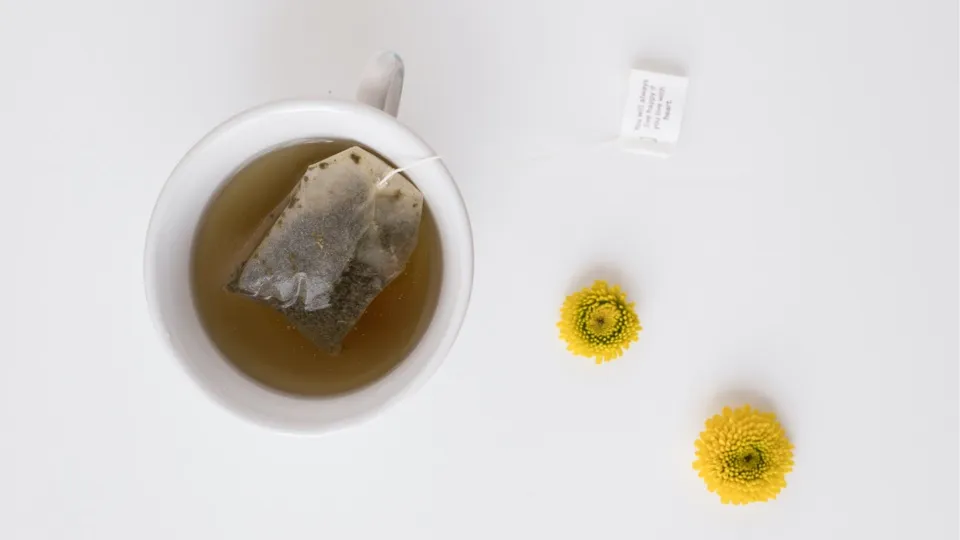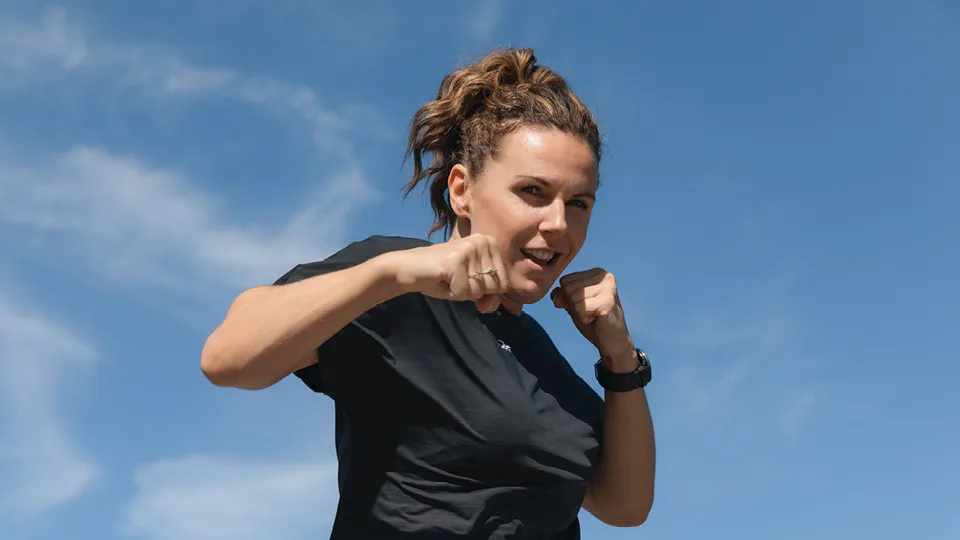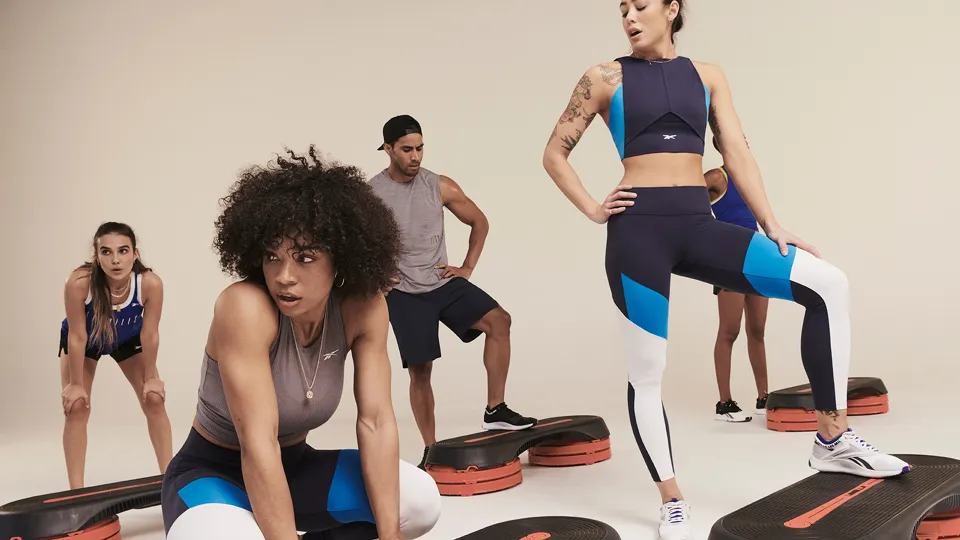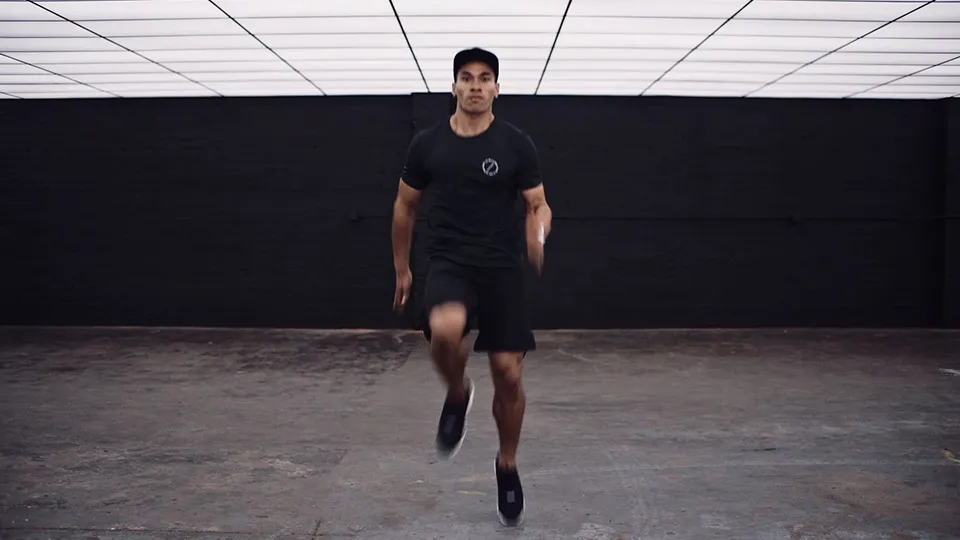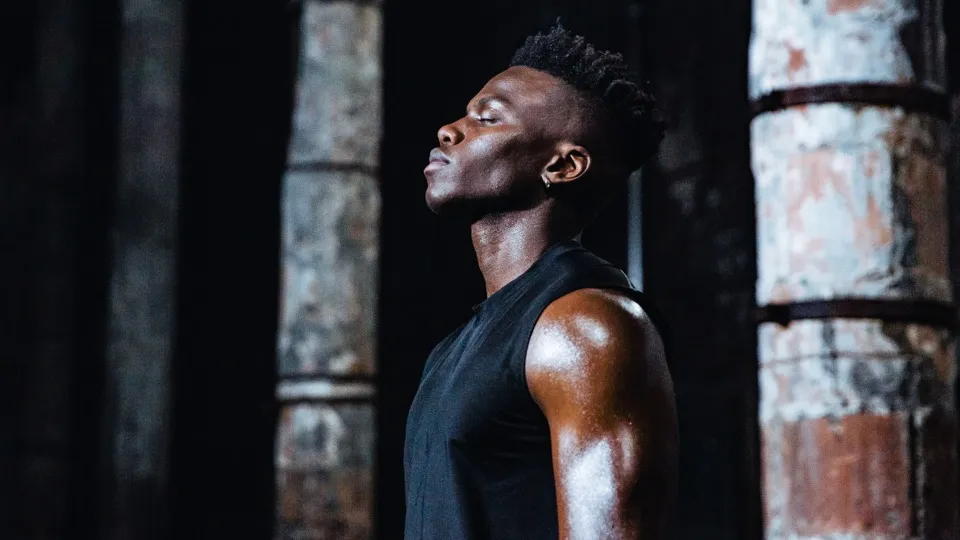LET’S TALK SNACKS

It might not sound scientific, but 'snacktivity’ is backed by research. Here’s why a healthy appetite for ‘exercise snacking’ will hold you in good stead.
Read on and you’ll discover:
- The science behind breaking up sedentary time with quick activity.
- How ‘exercise snacks’ improve heart health, muscle strength, and protein absorption.
- Practical ways to fit movement into your day, even when you're short on time.
If you find it hard to stay motivated or make time to get to the gym, get ready for some good news. Simply swapping the elevator for the stairs on your coffee or bathroom break could be the health elixir you need. Researchers have found that something as simple as walking up stairs can deliver significant gains in cardiorespiratory fitness, an important health marker for longevity and cardiovascular disease risk. And all it takes is a few minutes a day.
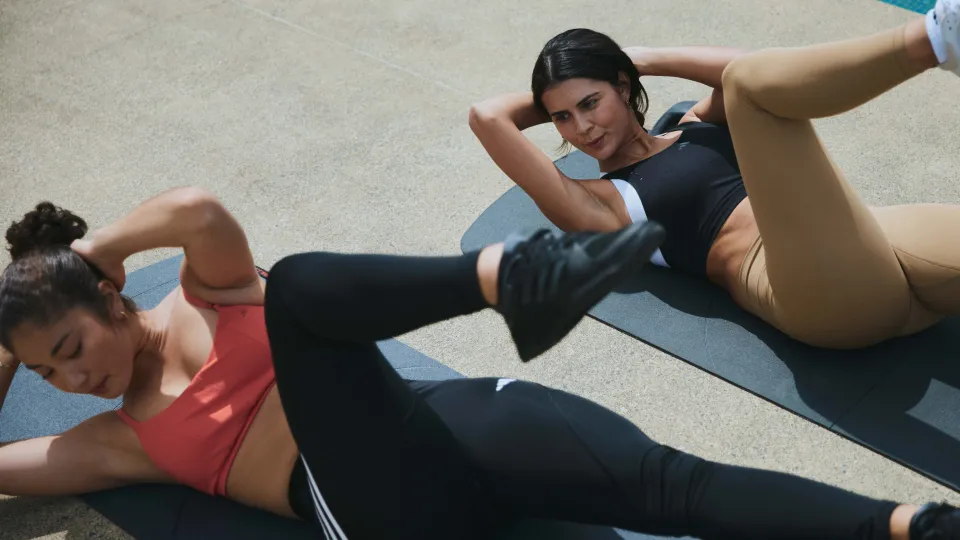
Earlier studies have focused on well-structured short bursts of high-intensity interval training or sprint interval training, highlighting these workouts as highly effective ways to get fitter, fast. What’s interesting is that this study simply involved climbing up stairs. There was one group of sedentary young adults who vigorously took to the stairs three times a day, with at least an hour’s recovery between each session. They did this three days a week for six weeks. Another control group did nothing. On top of enjoying improved cardiorespiratory fitness, the stair climbers also had strength and power gains. The control group missed out completely.
The cardiorespiratory fitness benefits and strength improvements are undoubtedly a win. But the best thing about exercise snacking is that it gets us moving – counteracting the negative effects of prolonged sitting, which include poor blood sugar control, increased triglycerides, and reduced good cholesterol.
A team of Canadian researchers recently explored how our bodies respond to 'exercise snacks' – like 15 squats, or walking for two minutes every half hour. They found the short bursts of activity helped improve how muscles used amino acids for protein synthesis – enhancing the body’s ability to repair or replace old or damaged proteins and build muscle.
Dr. Daniel Moore, lead researcher, says these findings highlight the power of breaking up prolonged sedentary periods with brief activity snacks. He adds that moving after we eat is particularly valuable as it can enhance nutrient absorption and allow dietary amino acids from smaller meals or lower-quality types of protein to be used more efficiently.
Why protein matters
Protein provides amino acids that are essential for muscle repair and growth. When paired with regular activity snacks, the body is better able to use these amino acids for muscle protein synthesis. This is especially important as we age, since muscle mass naturally starts to decline in our 30s.
Dr. Martin Gibala, a global expert in time-efficient training, led the stair-climbing study. He says using short bursts of exercise is not about finding a quick fix or trying to cut corners. It’s simply about making exercise something that fits with your life. “On those days when you’re time-pressed and you might otherwise blow off a workout because you only have 10 minutes, intervals can be a really good choice that can help maintain, and ideally boost your fitness,” says Gibala.
“It’s just another proven exercise option – and it’s an option that many may find appealing. I can’t stress that enough, the more exercise options we can give people, the better.”
EXPLORE GIBALA'S FAMOUS ONE-MINUTE WORKOUT

Smart exercise snacks to try:
- Squat sessions – 20 body weight squats
- Burpee breaks – how many can you do in 2 minutes (LES MILLS GRIT™ fans, you know the drill!).
- Walk and talk – swap your coffee break for a lap around the block
- Wall sits – spend a few minutes on the wall while scrolling your socials
- Check out the short workouts available on LES MILLS+ - some can be done in as little as 10 minutes!
Remember, you don’t need to commit to a full group fitness class. The first 10 minutes of exercise you do are the most beneficial. So if you’re short on time, or just not feeling it, simply doing the first 20 minutes or so of your favorite class can be beneficial.

Sign up to Fit Planet and get fresh health and fitness news and advice straight to your inbox. Subscribe
FIT PLANET SIGN UP
Sign up to Fit Planet and get fresh health and fitness news and advice straight to your inbox.





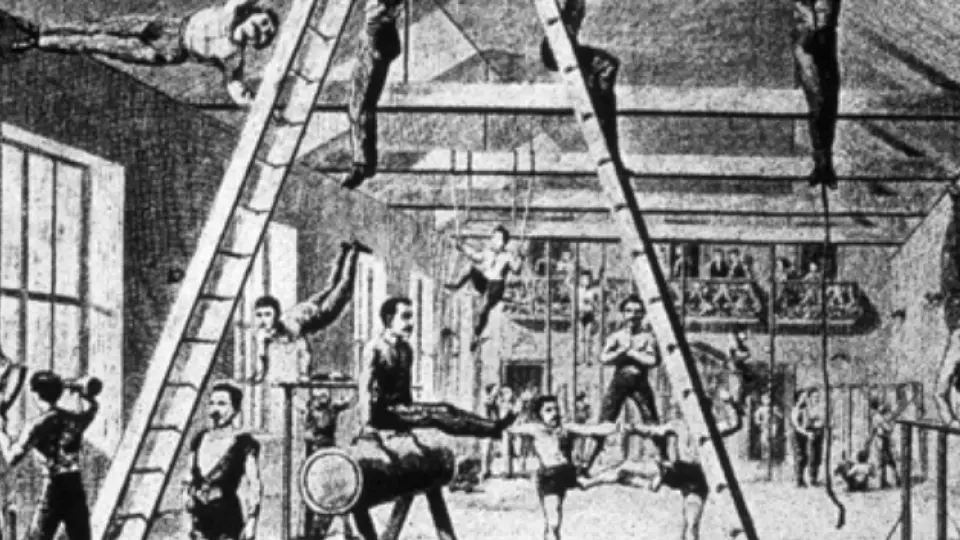


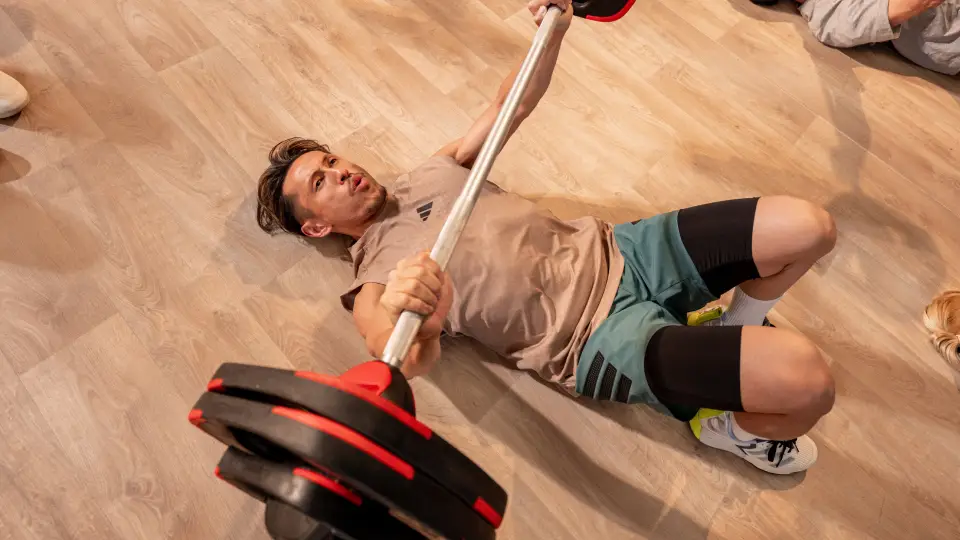






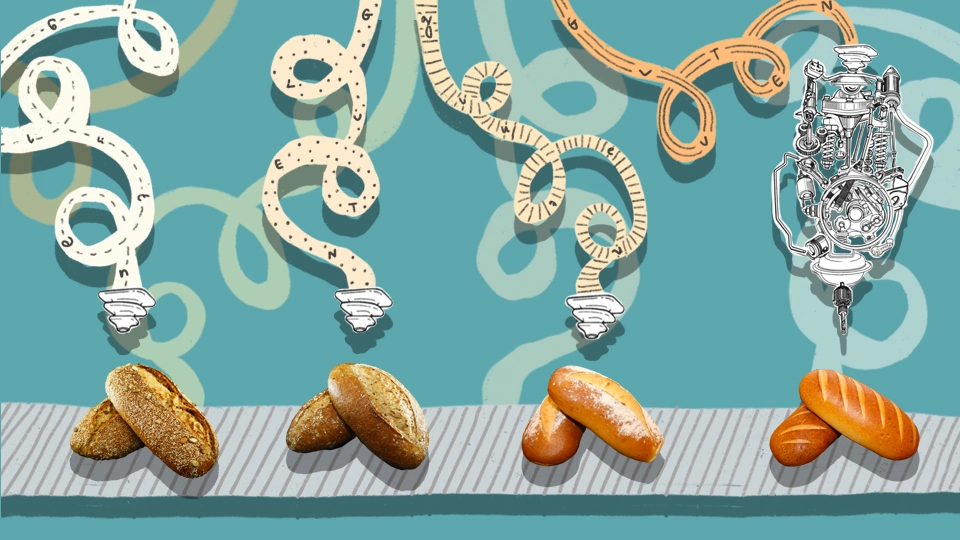
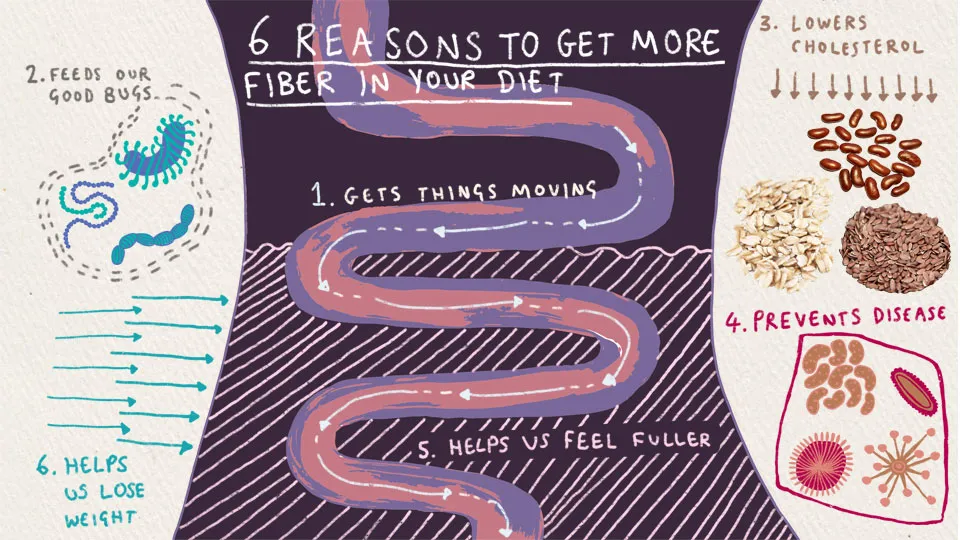
.gif)
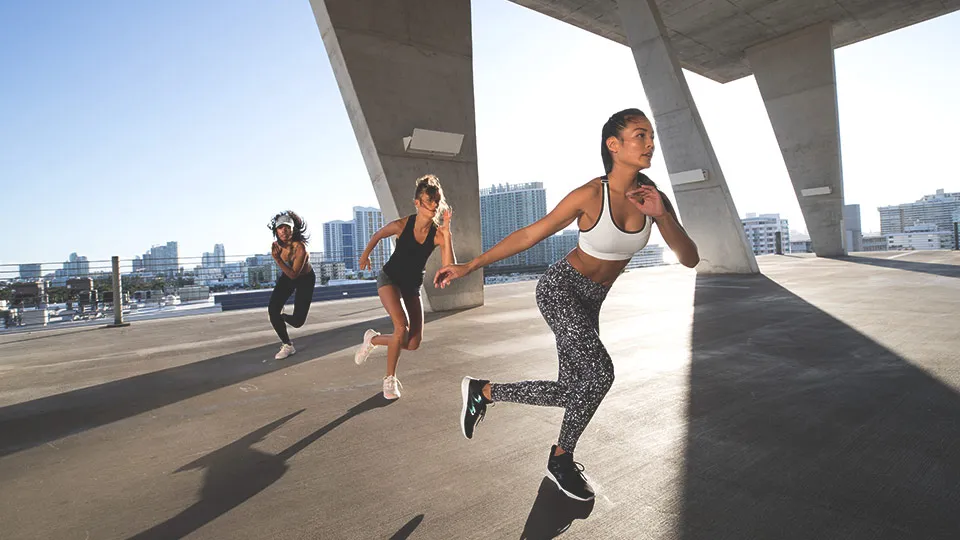


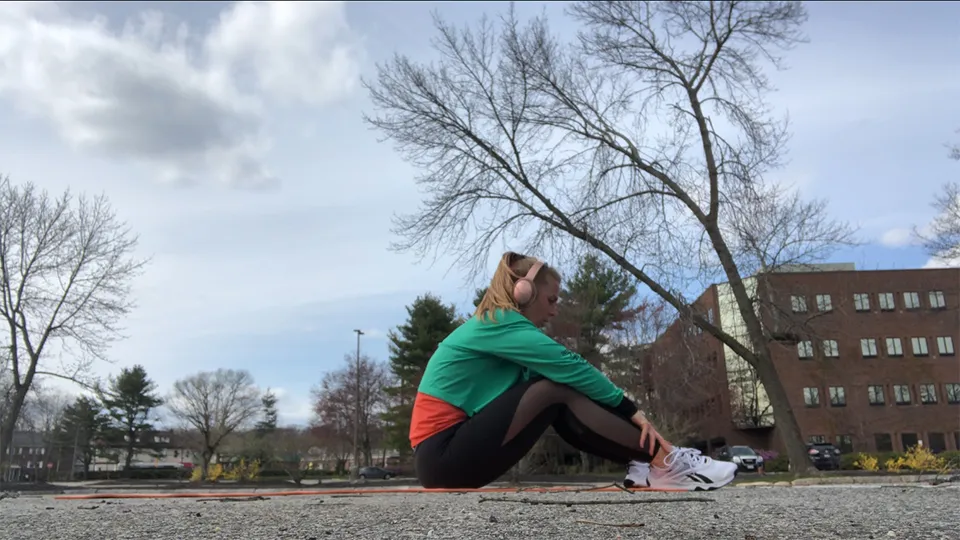




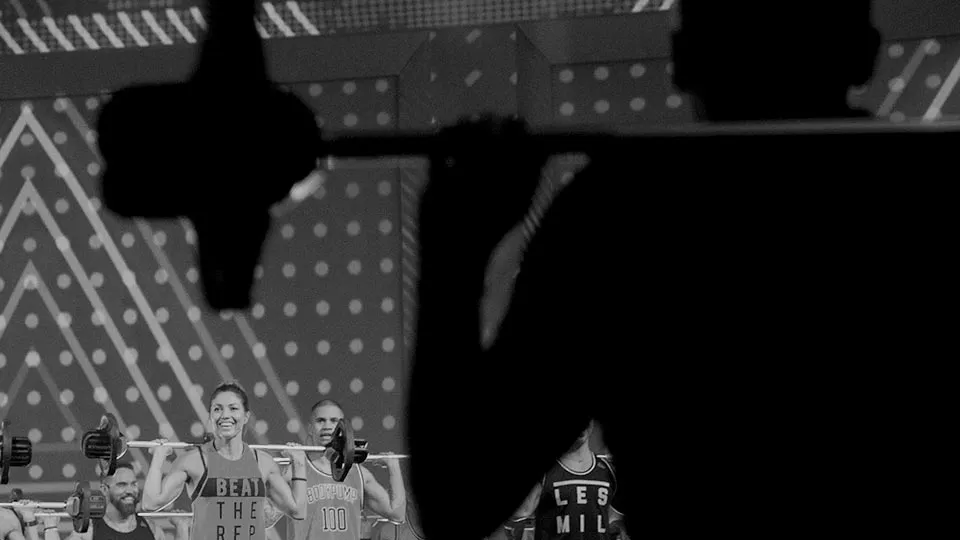
.webp)








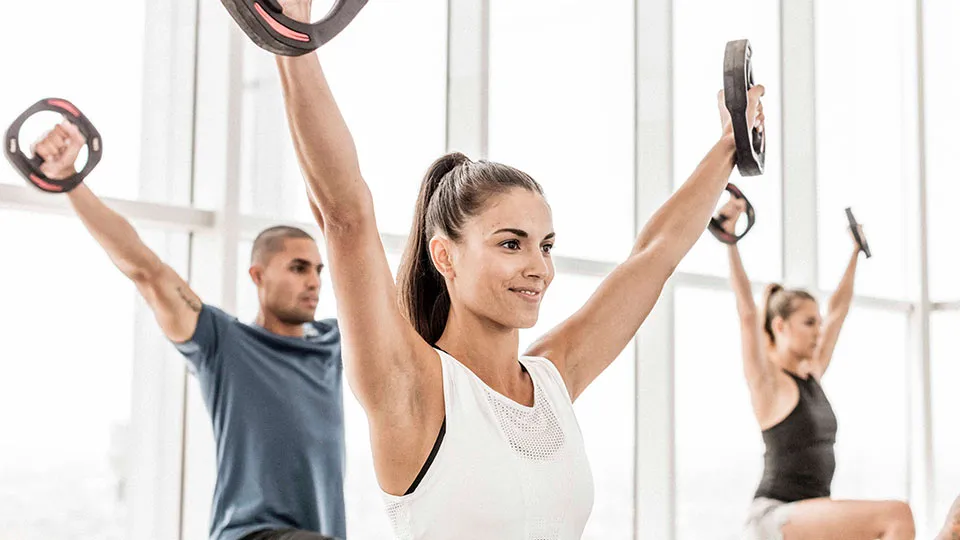



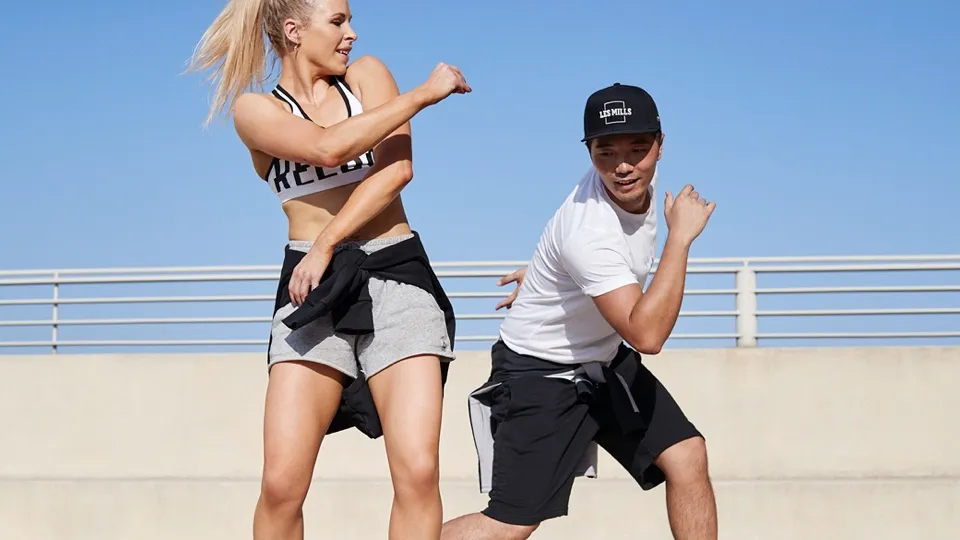



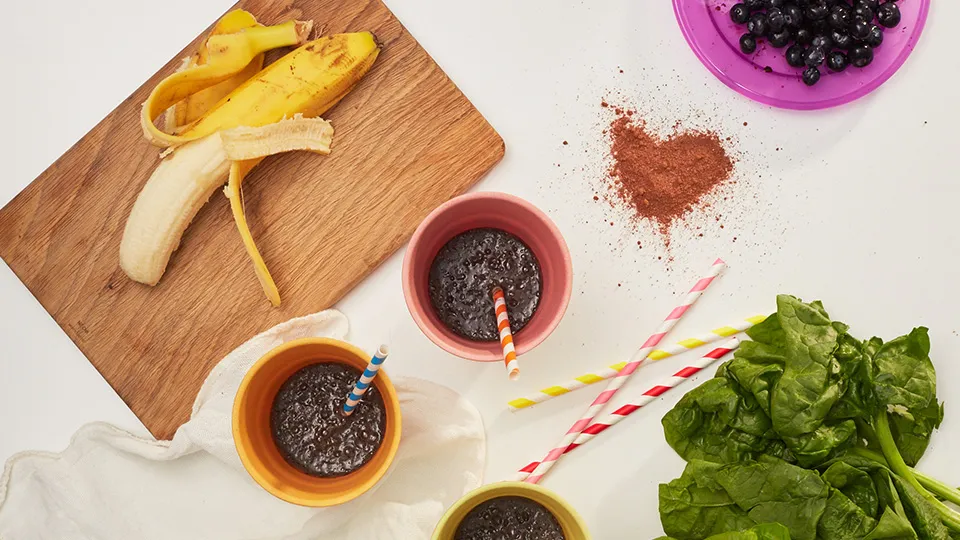

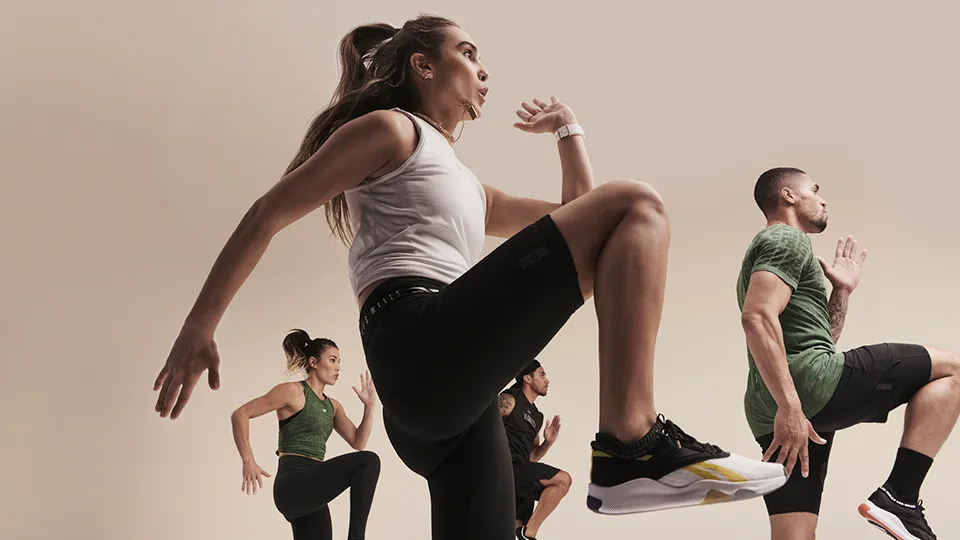










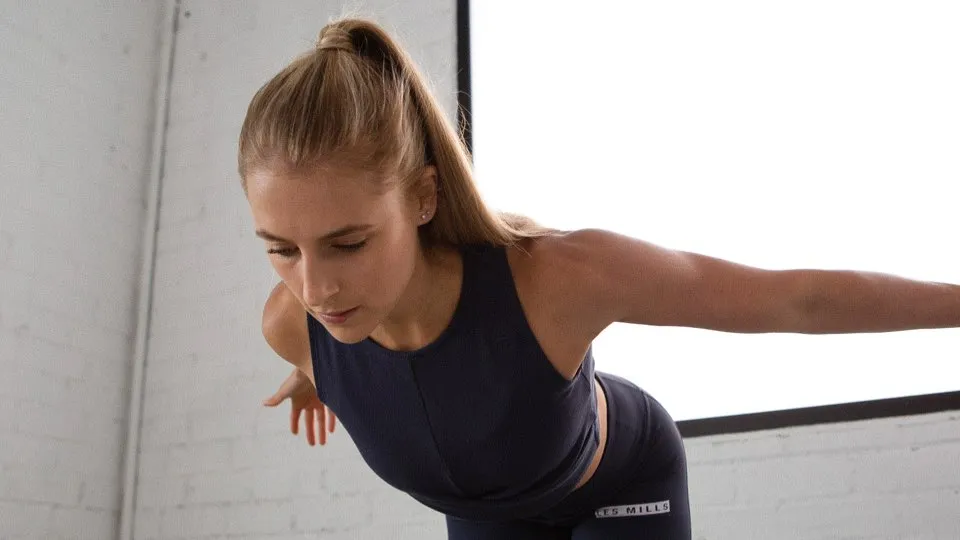










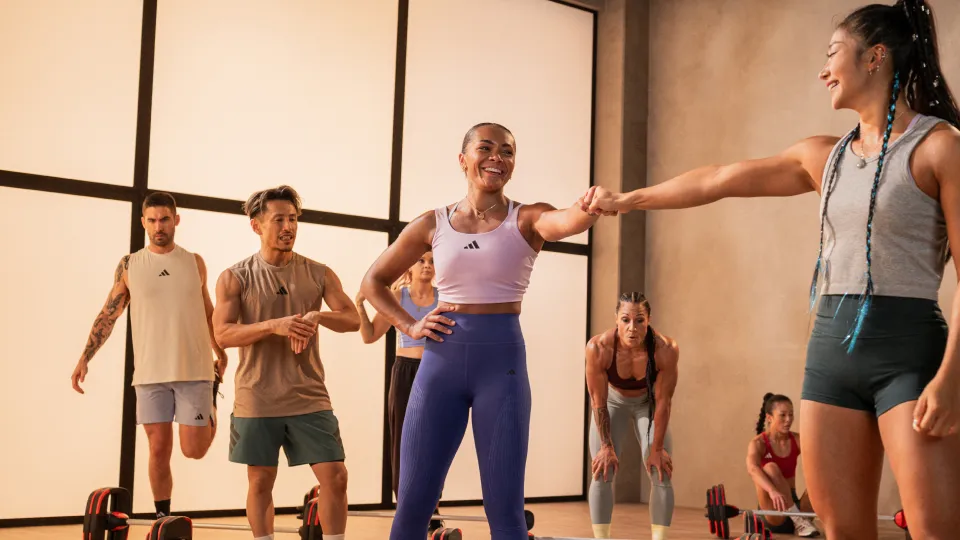

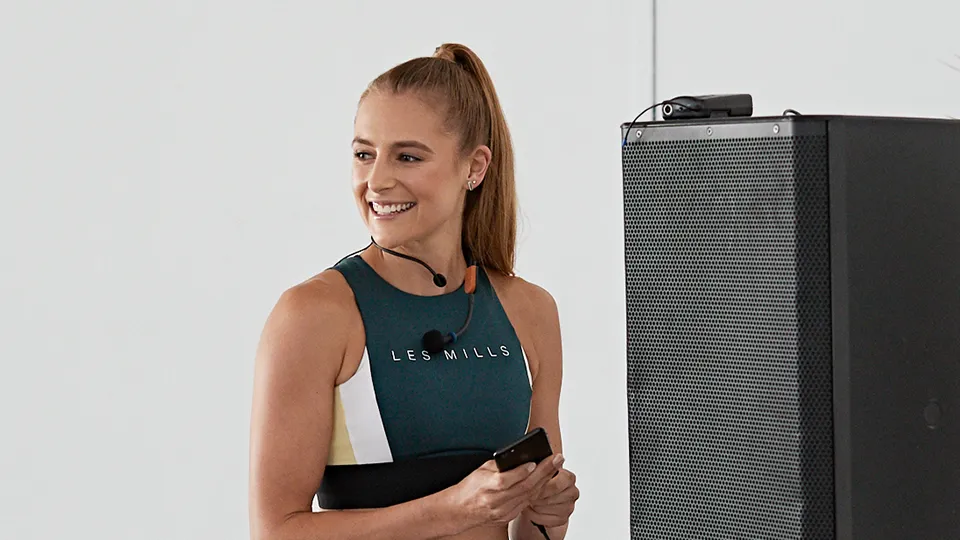




.webp)









